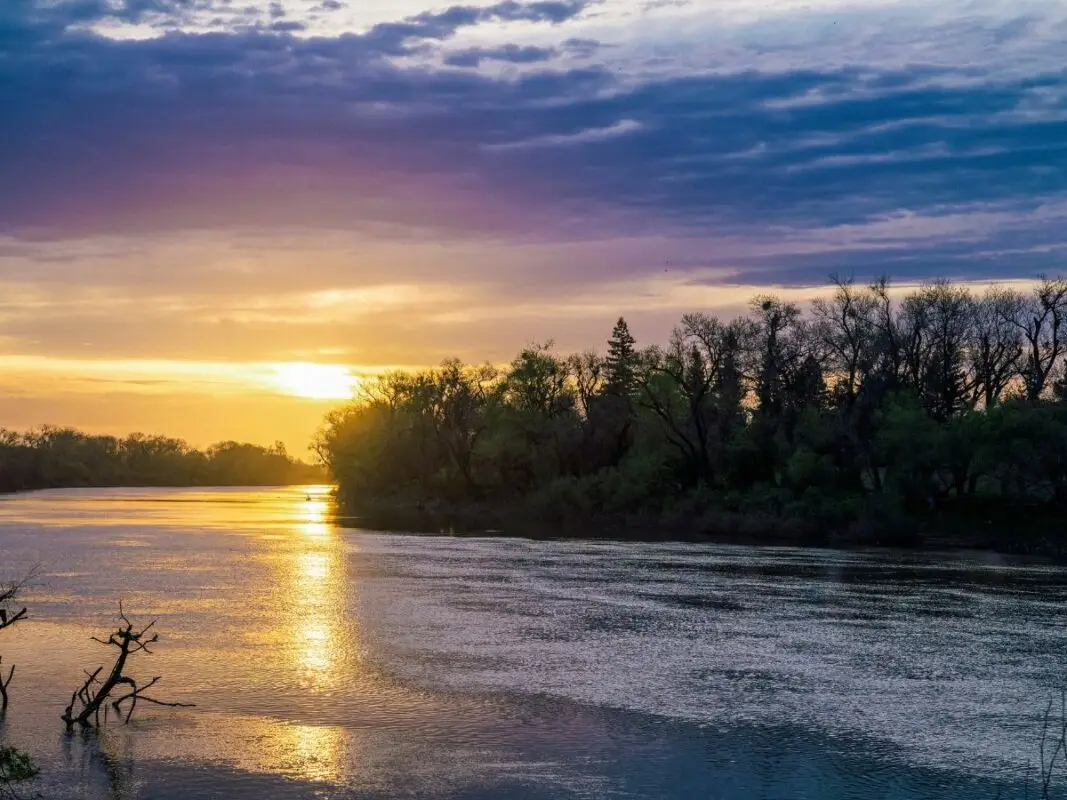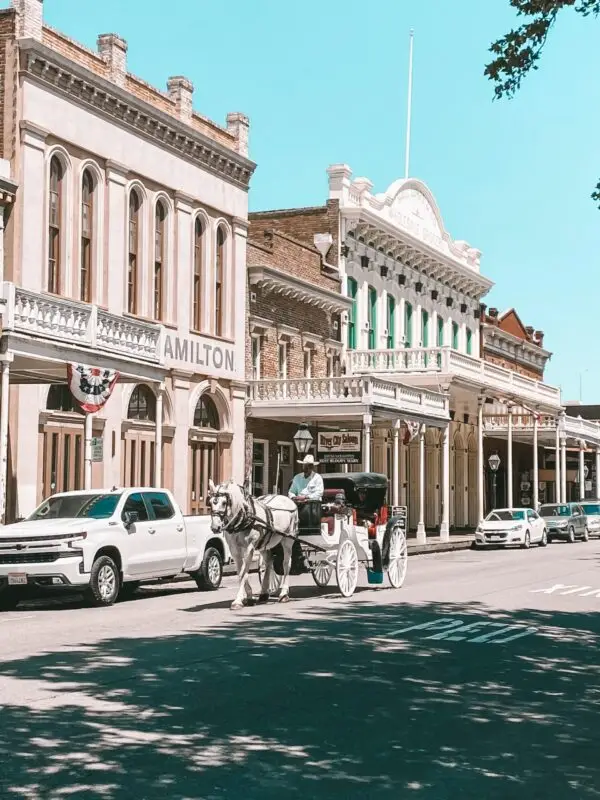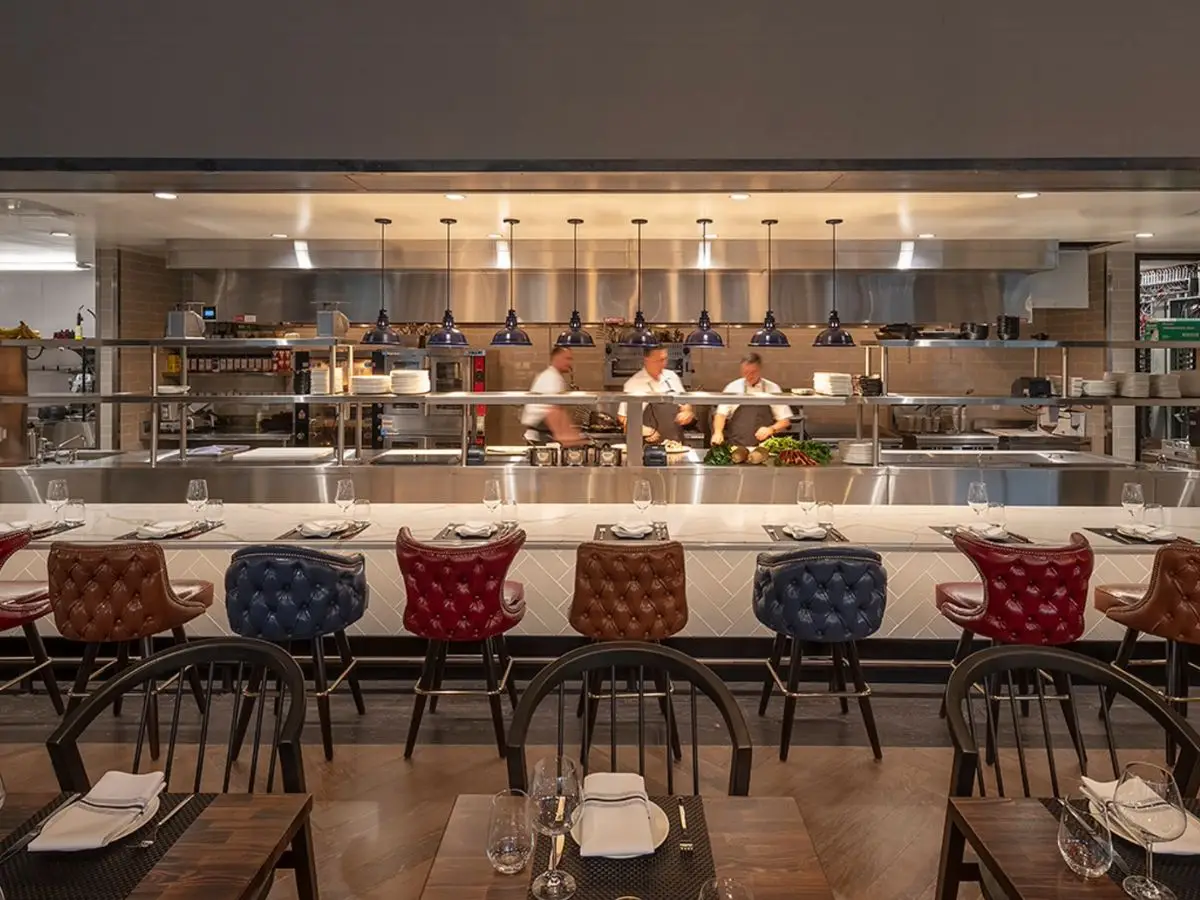Explore Sacramento
Featured Photo: Joonyeop Baek via Unsplash
Sacramento Travel Tips Curated by Local Experts
- Food and brewing culture: It’s hard to beat thanks to the town’s strong “Farm-to-Fork” scene using fresh ingredients from the many nearby farms.
- Sacramento Kings: The Golden 1 Center is 100% solar powered.
- The Fifth Capital: California’s legislature used four different temporary capital cities in the five years before Sacramento was picked in 1854.
- “City of Trees”: This nickname refers to the town’s many tree-lined streets and parks, which also help lower warm summer temperatures.
- Elevation: Sacramento is only about 30 feet above sea level, lower than many coastal cities! The Sierras surpass 7,000 feet only 90 minutes away.
- Carriage rides: Visitors can pay for horse-drawn carriage rides throughout Sacramento’s charming historic streets.
Sacramento is the capital of the most famous state in the country. As the terminus for wagon train pioneers moving west on the California Trail, the gateway to the California Gold Rush in nearby foothills, the starting point for the Transcontinental Railroad, and the state’s political epicenter, Sacramento is an entrenched, enduring part of California’s political and historical fabric. But regardless of what’s going on in the Capitol Building, Sacramento’s beautiful tree-lined streets breed a culture that is distinct from most other popular California cities.
Housed in many historical buildings, locally prided businesses sell handmade coffee and desserts. The surrounding agricultural landscape is an international food supply powerhouse that fuels a delicious farm-to-fork culture in Sacramento’s notable restaurants, as well as providing fantastic family-friendly pumpkin patches and apple cider tastings. Adjacent to world-class museums, enormous sports arenas draw lively crowds to support beloved and nationally competitive teams. On top of that, Sacramento’s four-season climate promises there is always something to do, whether exploring the lush natural spaces nearby or checking out one of town’s frequent street festivals and community events teeming with local energy.
Tracing the history of the region, Native Americans tribes including the Nisenan, Maidu, Miwok and Me-Wuk inhabited Sacramento’s fertile valley for thousands of years independently before the first European settler, John Sutter, was given a land grant from the Mexican government in 1839. Early American pioneers steered their wagon trains to Sutter’s Fort on the California Trail, and gold was discovered in the nearby foothills.
Native Americans and early European settlers alike saw their regional control eroded as the California Gold Rush baited prospectors to the nearby motherlode foothills, and the Sacramento River’s growing waterfront town survived floods and fires before being selected as the new state capital in 1854. The Central Pacific Railroad used Sacramento as a base to blast train tracks through the imposing granite Sierra Nevada mountains and across the Great Basin desert, thereby connecting California with the rest of the nation and spurring greater development of the American West.
Throughout the 19th and 20th centuries, the Sacramento region continued to grow industrially and prospered as an agricultural center thanks to the millions of farming acres in California’s Central Valley. Regional development exploded after World War II, and the greater Sacramento area remains a majorly relevant metro area for California and the nation.









